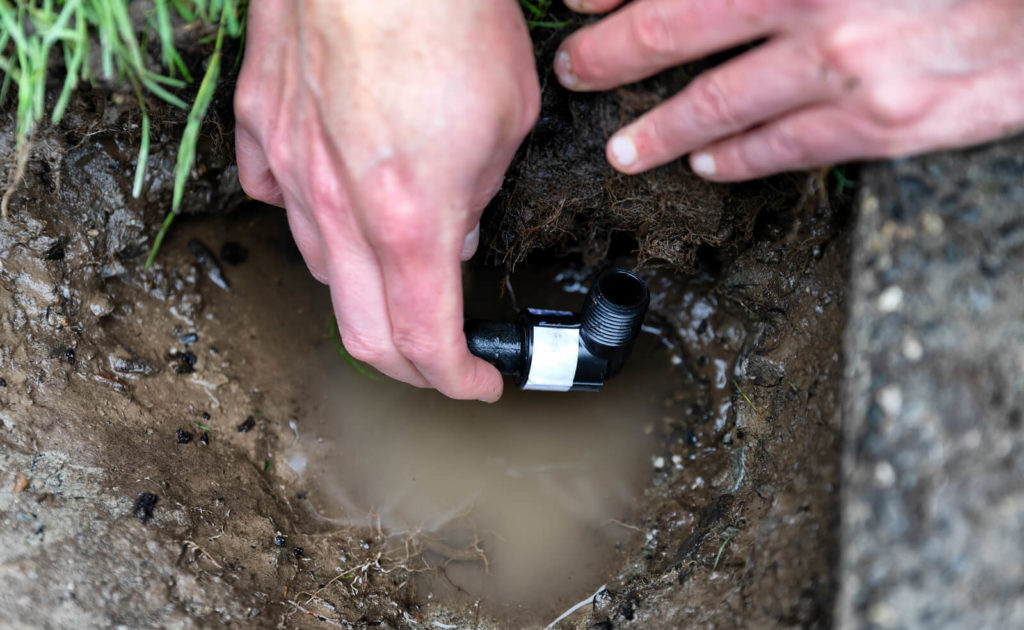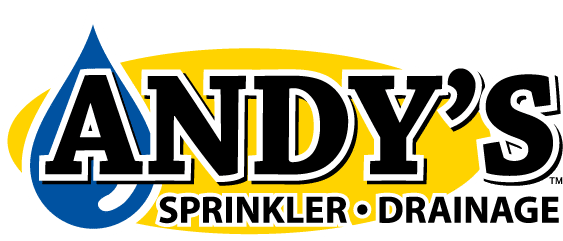How Do Sprinkler Valves Work?
Is the grass greener on the other side of your fence? It might be because the neighbors installed a sprinkler system. There’s plenty of proof that plants flourish when they get the right amount of water at the right time. And while it’s still possible to achieve a beautiful landscape the old-fashioned way (watering your yard by hand), more often than not, either you’ll under-water your lawn and end up with scorched earth or you’ll overwater and damage the root system. Timing is another challenge; certain times of the day are more ideal for watering than others.

Today’s top irrigation systems use technology like sprinkler valves to automate and fine-tune the watering process. Ball, gate, disk, and butterfly valves are the most common types used in sprinkler systems. The valve type chosen depends on its’ function within the system. Continuing reading for more information about where you can find the various valves of your sprinkler system and how they all work:
Emergency Shut-Off Valve
This manual valve, used to turn the entire irrigation system on and off, should be on the house side of the water meter close to the city water supply line. For most sprinkler systems installed within the last 15-20 years, the emergency shut-off valve is a part of the backflow device, and can be identified by two valve handles on the same device.
Circuit Control Valve
Each circuit operates a separate control valve. These valves should be grouped in an accessible spot outdoors, such as near a door or patio. Each group of valves forms a manifold. In most cases, it is practical to have two manifolds, one for the front yard and one for the back and side yard. To simplify installation, plan to have your technician put one manifold near the principal service line. If you use an outdoor faucet as a hookup, tell your technician to put the manifold there.
Anti-Siphon Valves
Many local codes require these valves on all subsurface irrigation systems. These are control valves that include a backflow prevention (anti-siphon) device. They are available in automatic and manual forms.
Sprinkler Valve Mechanics
Valve controls the flow of water from the main supply line to the sprinklers on a particular circuit. Manual control valves are common in areas where rain is heavy in the summer. In drier regions, sprinklers tend to be automated.
Manual Systems
These are the most basic systems. You control the irrigation entirely, turning it on and off as needed. The primary advantage of manual irrigation is it keeps you in close contact with the yard and its’ needs. This contrasts strongly with an automatic system, which you can easily forget about, even when human intervention occasionally might be useful. If you have a manual system, you will probably notice increased water use. Manual systems are most practical when the yard is small or when only parts of it — such as a vegetable garden — need irrigation. As the irrigated area increases in size and variety, running your system manually is more complicated.
Manual-On Auto-Off Systems
A derivative of manual irrigation that allows you to decide when to turn on the circuit, but a simple controller turns it off. This is extremely practical if you want a manual system but cannot run sprinklers because of municipal regulations. Just turn it on before you go to bed and it will turn off the water when the cycle is complete, which prevents water waste.
Electrical Systems
Most modern sprinkler control valves use an electric solenoid that is switched on using an irrigation controller. These types of controllers utilize low-voltage electric signals, transmitted from the controller, to activate the valves.
Smart Controllers
Whether you travel a lot or prefer the convenience of a system that runs itself, fully automatic valve controllers offer a solution. They take most of the effort out of watering and don’t make demands on your time. Thanks to smart devices and Wi-Fi, you have more control than ever. You’ll save money too. Experts say water savings of up to 50% are possible with tech-enabled controllers. Programmable sprinklers consider factors like weather and soil saturation to make real-time adjustments.
How long can your lawn survive in the scorching sun? If you are thinking about a sprinkler upgrade, need maintenance, or need a new install, give Andy’s Sprinkler, Drainage, & Lighting a call!
